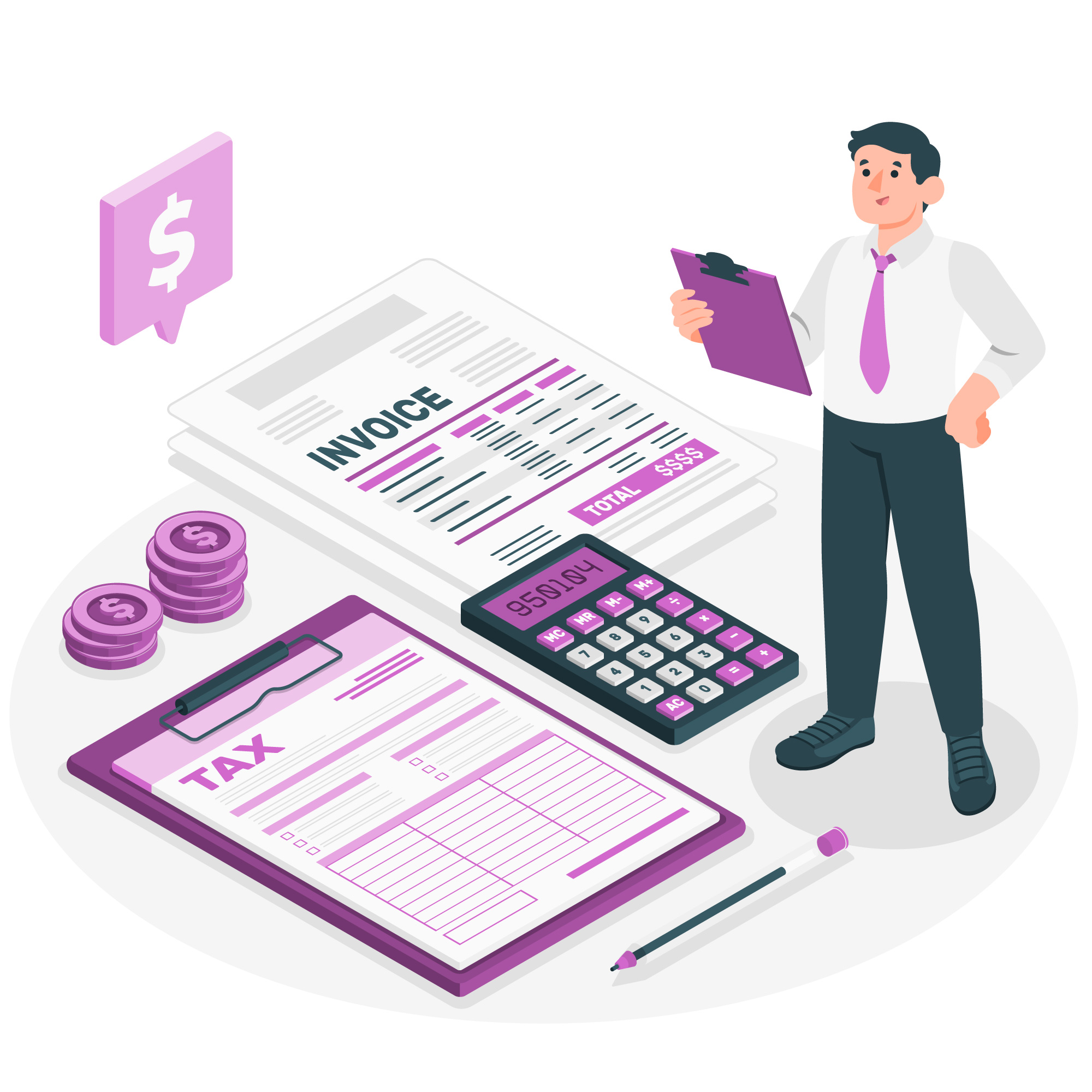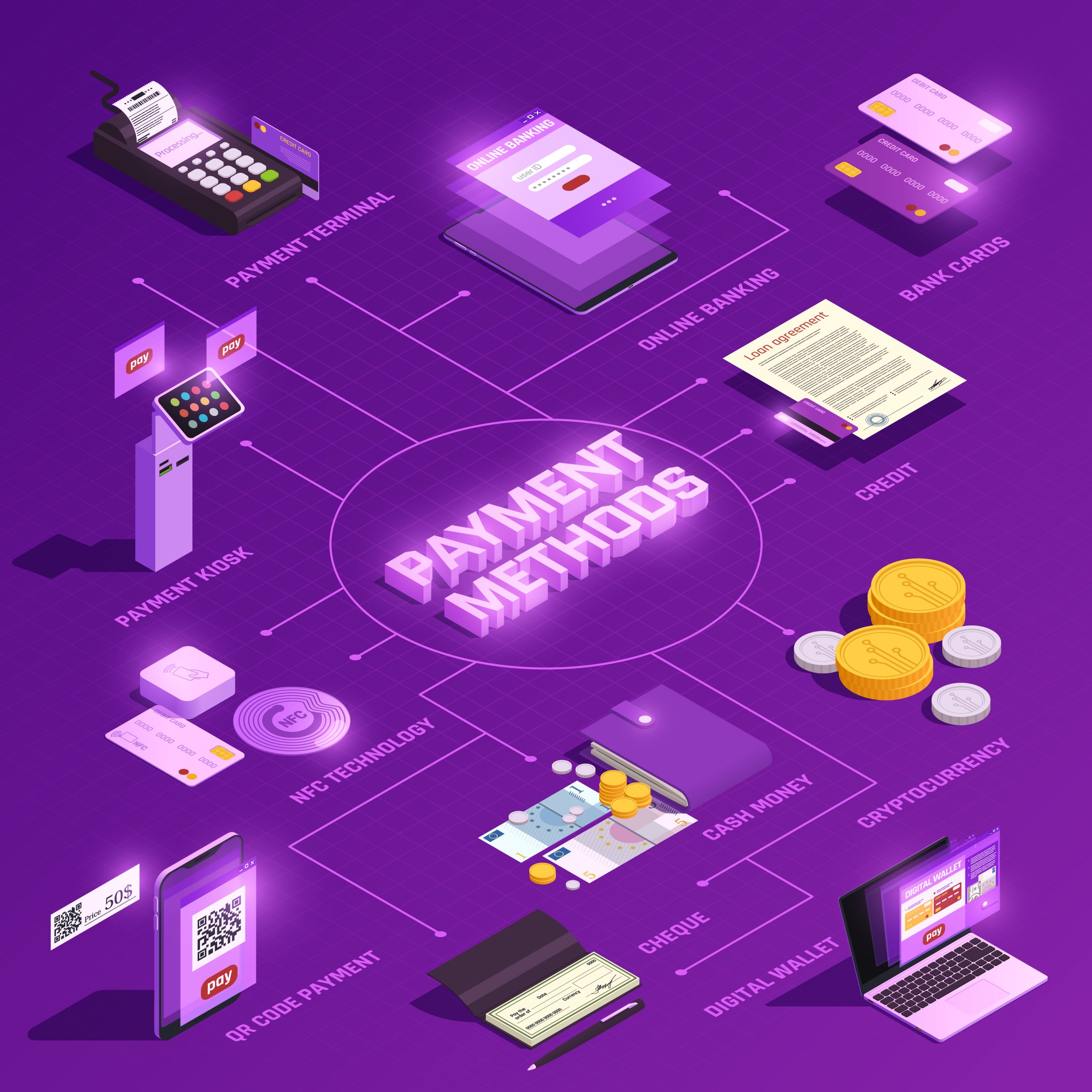Enterprises must balance accuracy, customer satisfaction, and operational efficiency in their invoicing systems. One solution that has revolutionized this critical function is consolidated invoicing. By unifying multiple sales orders into a single invoice, consolidated invoicing not only simplifies billing processes but also provides a seamless customer experience and improves payment collection. Let’s dive into the technical aspects of consolidated invoicing, its advantages, and how it optimizes business workflows for modern organizations.
What Is Consolidated Invoicing?
Consolidated invoicing by STREAMS Solutions is a billing solution that allows businesses to combine multiple sales orders, transactions, or deliveries into a single invoice. Rather than issuing individual invoices for every transaction, companies can streamline the process by grouping related orders based on predefined criteria, such as time period, customer, or order type.
This invoicing model is particularly advantageous for businesses with repeat customers or those dealing with high transaction volumes, as it eliminates redundancy and minimizes the administrative burden of managing multiple invoices.
Key Features of a Consolidated Invoicing Solution
A robust consolidated invoicing solution includes several core features that enhance billing efficiency and customer satisfaction:
- Automated Invoice Consolidation
- Automatically merges sales orders based on preset rules (e.g., order date, customer ID, or product type).
- Reduces manual intervention, minimizing the risk of errors.
- Customizable Rules and Filters
- Allows businesses to configure consolidation criteria based on their operational needs.
- Supports flexible grouping, such as by delivery cycles or payment terms.
- Integrated Payment Touchpoint
- Provides a unified payment portal for customers to settle their dues conveniently.
- Improves cash flow and reduces payment delays.
- Real-Time Data Synchronization
- Synchronizes data across sales, inventory, and finance systems to ensure accurate invoicing.
- Enhances visibility into customer accounts.
- Comprehensive Reporting and Analytics
- Tracks billing trends, payment history, and outstanding invoices.
- Offers insights to optimize future invoicing strategies.
Benefits of Consolidated Invoicing
1. Simplified Billing Process
Managing individual invoices for multiple transactions can be overwhelming and prone to errors. Consolidated invoicing simplifies this process by aggregating multiple sales orders into a single document. This reduces paperwork, streamlines communication with customers, and ensures consistency in billing.
2. Enhanced Customer Experience
For customers, receiving a single, comprehensive invoice instead of multiple individual invoices is far more convenient. It reduces confusion, simplifies payment reconciliation, and improves the overall customer experience. This approach strengthens customer relationships and fosters loyalty.
3. Increased Operational Efficiency
By automating the invoicing process, businesses can free up their finance teams to focus on higher-value tasks. Automated systems reduce manual errors, ensure timely invoice generation, and improve workflow efficiency.
4. Improved Cash Flow Management
With a unified payment portal, businesses can accelerate payment collection. Customers are more likely to settle a single invoice promptly than deal with multiple invoices. This improved cash flow benefits overall financial stability.
5. Cost Savings
Consolidated invoicing reduces printing, mailing, and administrative costs associated with managing individual invoices. Businesses save time and resources by automating the invoicing process and reducing errors that can lead to disputes.
6. Scalability for Growing Businesses
As businesses scale, the volume of transactions and invoices grows exponentially. Consolidated invoicing solutions are designed to handle high transaction volumes efficiently, making them ideal for expanding operations.
How Consolidated Invoicing Works
- Order Grouping
- Sales orders are grouped based on predefined criteria such as customer, date range, or product category.
- The system identifies eligible transactions for consolidation.
- Invoice Generation
- A single invoice is generated for the grouped orders.
- The invoice includes detailed line items for each transaction, providing transparency for the customer.
- Customer Notification
- Customers receive the consolidated invoice through their preferred communication channel (e.g., email or a customer portal).
- This invoice serves as a single touchpoint for payment.
- Payment Reconciliation
- Customers make payments against the consolidated invoice.
- The system automatically reconciles payments with the corresponding orders.
- Reporting and Analytics
- The invoicing system generates reports to track payment status, outstanding dues, and invoicing trends.
- Businesses can use these insights to refine their billing strategies.
Applications of Consolidated Invoicing Across Industries
1. Retail and E-Commerce
Consolidated invoicing is particularly beneficial for retailers and e-commerce businesses handling frequent purchases from repeat customers. It reduces the complexity of managing multiple small transactions and enhances customer satisfaction.
2. Subscription-Based Services
For subscription-based models, consolidated invoicing simplifies billing by aggregating recurring charges into a single invoice. This is especially useful for businesses offering tiered or bundled services.
3. Logistics and Transportation
Logistics companies often manage multiple shipments for the same customer within a billing cycle. Consolidated invoicing streamlines this process, enabling efficient billing and reducing disputes.
4. Manufacturing
In manufacturing, multiple deliveries or orders can be combined into a single invoice, making it easier for both the supplier and customer to manage accounts.
5. Professional Services
Consulting firms and professional service providers can group billable hours, expenses, and project-related costs into a single invoice, simplifying billing for both parties.
Challenges in Implementing Consolidated Invoicing
Despite its benefits, implementing consolidated invoicing can present some challenges:
1. System Integration
Consolidated invoicing requires seamless integration with existing ERP, CRM, and financial systems. Poorly integrated systems can lead to data discrepancies and billing errors.
2. Customization Complexity
Every business has unique invoicing requirements. Configuring consolidation rules to meet these needs without overcomplicating the system can be challenging.
3. Change Management
Shifting from traditional invoicing to a consolidated model requires training staff, updating workflows, and ensuring customer buy-in.
Best Practices for Implementing Consolidated Invoicing
1. Define Clear Criteria for Consolidation
Establish rules for grouping sales orders based on factors like customer type, transaction date, or delivery schedule. Ensure these rules align with your business needs.
2. Leverage Automation
Invest in an invoicing system with automation capabilities to reduce manual intervention and minimize errors.
3. Prioritize Integration
Ensure your invoicing solution integrates seamlessly with your ERP, CRM, and payment systems. This improves data accuracy and enhances overall efficiency.
4. Provide Transparent Communication
Inform customers about the switch to consolidated invoicing and highlight its benefits for them, such as reduced paperwork and simplified payments.
5. Monitor and Optimize
Regularly review invoicing reports to identify bottlenecks, errors, or delays. Use analytics to optimize your invoicing process and enhance customer satisfaction.
The Future of Consolidated Invoicing
As businesses continue to embrace digital transformation, consolidated invoicing is poised to play a pivotal role in financial operations. Advanced technologies like artificial intelligence (AI) and machine learning (ML) will further enhance invoice automation, enabling predictive analytics for better cash flow management. Moreover, integration with blockchain technology could ensure secure and transparent transactions, while cloud-based invoicing platforms will provide scalability for global businesses.
Conclusion
Consolidated invoicing is a game-changer for businesses looking to streamline their billing processes, enhance customer satisfaction, and improve operational efficiency. By adopting a robust consolidated invoicing solution, organizations can reduce costs, eliminate redundancies, and scale their operations seamlessly. STREAMS Solutions specializes in providing tailored invoicing solutions that meet the unique needs of businesses across industries. Whether you’re looking to automate your billing processes, enhance customer experience, or optimize cash flow, consolidated invoicing is the key to unlocking your business’s full potential.





